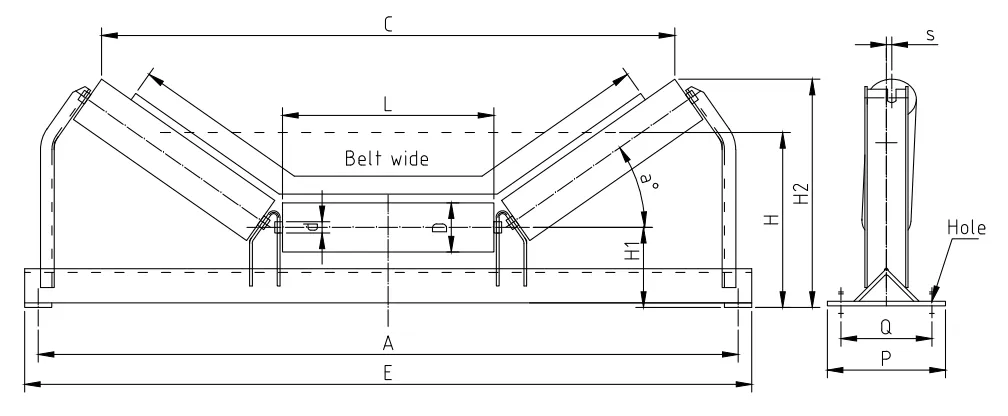 Afrikaans
Afrikaans  Albanian
Albanian  Amharic
Amharic  Arabic
Arabic  Armenian
Armenian  Azerbaijani
Azerbaijani  Basque
Basque  Belarusian
Belarusian  Bengali
Bengali  Bosnian
Bosnian  Bulgarian
Bulgarian  Catalan
Catalan  Cebuano
Cebuano  Corsican
Corsican  Croatian
Croatian  Czech
Czech  Danish
Danish  Dutch
Dutch  English
English  Esperanto
Esperanto  Estonian
Estonian  Finnish
Finnish  French
French  Frisian
Frisian  Galician
Galician  Georgian
Georgian  German
German  Greek
Greek  Gujarati
Gujarati  Haitian Creole
Haitian Creole  hausa
hausa  hawaiian
hawaiian  Hebrew
Hebrew  Hindi
Hindi  Miao
Miao  Hungarian
Hungarian  Icelandic
Icelandic  igbo
igbo  Indonesian
Indonesian  irish
irish  Italian
Italian  Japanese
Japanese  Javanese
Javanese  Kannada
Kannada  kazakh
kazakh  Khmer
Khmer  Rwandese
Rwandese  Korean
Korean  Kurdish
Kurdish  Kyrgyz
Kyrgyz  Lao
Lao  Latin
Latin  Latvian
Latvian  Lithuanian
Lithuanian  Luxembourgish
Luxembourgish  Macedonian
Macedonian  Malgashi
Malgashi  Malay
Malay  Malayalam
Malayalam  Maltese
Maltese  Maori
Maori  Marathi
Marathi  Mongolian
Mongolian  Myanmar
Myanmar  Nepali
Nepali  Norwegian
Norwegian  Norwegian
Norwegian  Occitan
Occitan  Pashto
Pashto  Persian
Persian  Polish
Polish  Portuguese
Portuguese  Punjabi
Punjabi  Romanian
Romanian  Russian
Russian  Samoan
Samoan  Scottish Gaelic
Scottish Gaelic  Serbian
Serbian  Sesotho
Sesotho  Shona
Shona  Sindhi
Sindhi  Sinhala
Sinhala  Slovak
Slovak  Slovenian
Slovenian  Somali
Somali  Spanish
Spanish  Sundanese
Sundanese  Swahili
Swahili  Swedish
Swedish  Tagalog
Tagalog  Tajik
Tajik  Tamil
Tamil  Tatar
Tatar  Telugu
Telugu  Thai
Thai  Turkish
Turkish  Turkmen
Turkmen  Ukrainian
Ukrainian  Urdu
Urdu  Uighur
Uighur  Uzbek
Uzbek  Vietnamese
Vietnamese  Welsh
Welsh  Bantu
Bantu  Yiddish
Yiddish  Yoruba
Yoruba  Zulu
Zulu Jan . 11, 2025 09:25
Back to list
idler roller types
In the world of conveyor systems, idler rollers play a pivotal role in maintaining system efficiency and prolonging the life of the conveyor belt. Different applications and environments demand distinct types of idler rollers, each designed to meet specific operational challenges. Understanding these types helps in selecting the right product, ensuring optimal performance and longevity.
Another important type is the impact idler roller, designed specifically to absorb the impact at loading points where material is dumped onto the conveyor belt. These idlers have a robust construction, often with rubber rings or pads, which absorb shock and protect the belt and structure from damage. For industries handling heavy and abrasive materials, impact idlers help reduce belt wear and prevent damage to conveyor components, crucial for maintaining uptime and reducing costly repairs. For environments with specific needs, such as chemical resistance or operability at elevated temperatures, specialized idler rollers like stainless steel or ceramic-coated rollers are available. These variants are tailored to offer superior performance under challenging conditions, ensuring safety and compliance with industry standards. Selecting the right material is critical in such cases to avoid contamination, corrosion, or premature failure. In conclusion, the type of idler rollers you choose directly influences the effectiveness and durability of your conveyor systems. Leveraging expert insights in selecting the right idler roller type tailored to your specific application can significantly enhance operational efficiency and reliability. It is crucial to consult with specialists and consider all operational parameters and environmental factors when making your selection to ensure that you build a resilient and efficient conveyor system. This strategic approach will not only improve performance but also build trust with stakeholders, reinforcing your authority and expertise within your industry.


Another important type is the impact idler roller, designed specifically to absorb the impact at loading points where material is dumped onto the conveyor belt. These idlers have a robust construction, often with rubber rings or pads, which absorb shock and protect the belt and structure from damage. For industries handling heavy and abrasive materials, impact idlers help reduce belt wear and prevent damage to conveyor components, crucial for maintaining uptime and reducing costly repairs. For environments with specific needs, such as chemical resistance or operability at elevated temperatures, specialized idler rollers like stainless steel or ceramic-coated rollers are available. These variants are tailored to offer superior performance under challenging conditions, ensuring safety and compliance with industry standards. Selecting the right material is critical in such cases to avoid contamination, corrosion, or premature failure. In conclusion, the type of idler rollers you choose directly influences the effectiveness and durability of your conveyor systems. Leveraging expert insights in selecting the right idler roller type tailored to your specific application can significantly enhance operational efficiency and reliability. It is crucial to consult with specialists and consider all operational parameters and environmental factors when making your selection to ensure that you build a resilient and efficient conveyor system. This strategic approach will not only improve performance but also build trust with stakeholders, reinforcing your authority and expertise within your industry.
Next:
Latest news
-
Revolutionizing Conveyor Reliability with Advanced Rubber Lagging PulleysNewsJul.22,2025
-
Powering Precision and Durability with Expert Manufacturers of Conveyor ComponentsNewsJul.22,2025
-
Optimizing Conveyor Systems with Advanced Conveyor AccessoriesNewsJul.22,2025
-
Maximize Conveyor Efficiency with Quality Conveyor Idler PulleysNewsJul.22,2025
-
Future-Proof Your Conveyor System with High-Performance Polyurethane RollerNewsJul.22,2025
-
Driving Efficiency Forward with Quality Idlers and RollersNewsJul.22,2025
OUR PRODUCTS





























